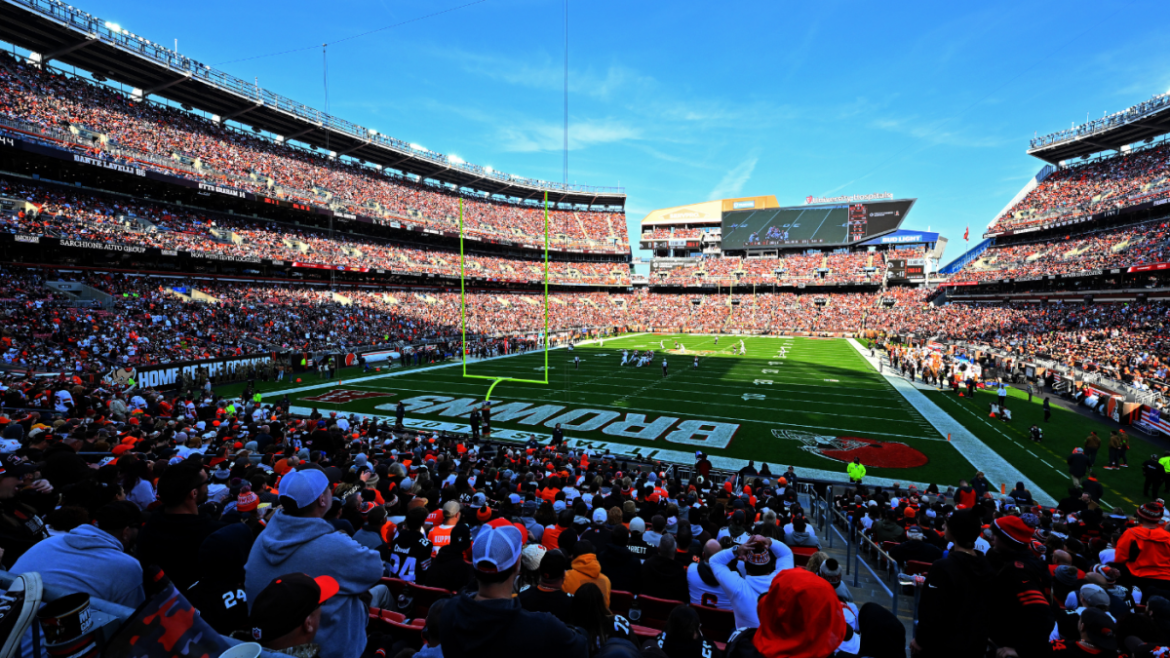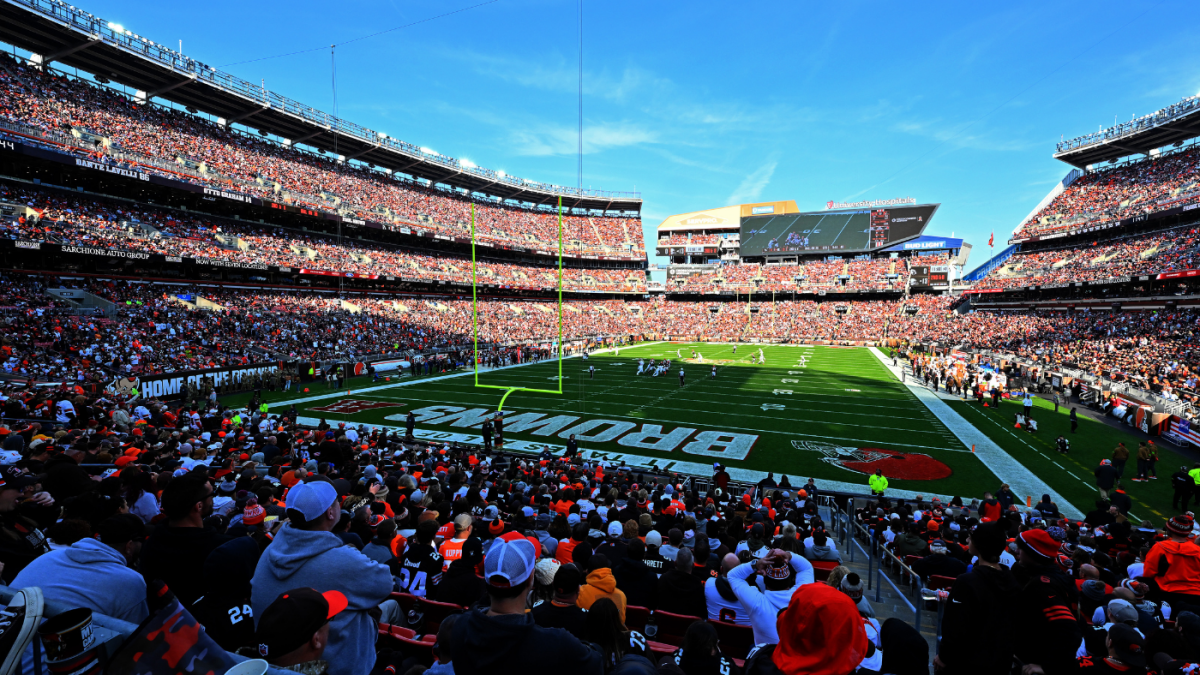Ohio Senate’s New Funding Proposal for Cleveland Browns Dome: A Thorough Analysis
The Ohio Senate recently unveiled a controversial new plan to finance a proposed domed stadium for the Cleveland Browns, located in Brook Park, Ohio, approximately 20 minutes outside Cleveland. This proposal centers on using a substantial portion of Ohio’s unclaimed property funds to subsidize the project. Understanding the intricacies and implications of this plan reveals much about state fiscal policy, politics, and public-private partnerships in the realm of sports infrastructure.
—
Unclaimed Funds: The Proposed Source of Stadium Funding
A cornerstone of the Ohio Senate’s proposal is the utilization of unclaimed funds, which currently total billions of dollars—estimated between $3.7 billion to $4.8 billion, according to various reports. These funds represent assets and monies owed to Ohioans but not currently claimed, ranging from forgotten bank accounts to uncashed checks.
Senator Cirino (R-Kirtland) highlighted that the state intends to allocate $1.7 billion of this pool toward multiple projects, with $600 million earmarked as a direct grant or loan to the Browns’ stadium initiative. Unlike traditional public financing approaches involving bonds or tax increases, this plan effectively reallocates dormant state-held money without issuing state debt or adding credit risk.
The Senate GOP frames this as a fiscally responsible approach that leverages existing resources, rather than burdening taxpayers through new borrowing or taxes. The $600 million would supposedly be repaid over 16 years, functioning more like a loan than an outright gift.
—
Political Landscape and Opposition
Despite this innovative approach, the plan has received mixed reactions. Cuyahoga County Executive Chris Ronayne criticized the use of unclaimed funds for this purpose, likening it to “piracy.” Opponents argue that these funds belong to Ohioans and that diverting them to stadium construction undermines the original intent of these assets.
Democratic senators have pushed back by submitting amendments to remove the stadium funding and instead advocate for increased funding for public schools. This points to a broader debate on state priorities, contrasting investments in education versus high-profile, and arguably private, sports facilities.
Moreover, the mayor of Cleveland seems less focused on keeping the Browns downtown, further complicating the political dynamics around location and public support for the stadium.
—
Financial and Legal Considerations
The financing method proposed avoids traditional bonds and government borrowing. Instead, the plan uses a form of internal loan from unclaimed funds, which presumably reduces interest expenses and debt exposure for the state.
However, questions remain about the constitutionality and economic impact of this maneuver. Ohio Senate Democratic Leader Nickie J. Antonio requested an independent report to examine these aspects thoroughly. Legal experts and fiscal analysts will likely scrutinize whether redirecting unclaimed funds in this way aligns with state law and fiscal prudence.
On the Browns’ side, the plan represents a significant infusion of upfront capital. Historically, stadium projects seek public funding to reduce private investment risk and secure favorable financing. This $600 million package could be pivotal in moving the Brook Park stadium forward, potentially in combination with other state or local incentives.
—
Broader Context: Stadium Funding in Ohio
This proposal doesn’t exist in isolation. The Senate GOP’s vision includes using part of the $1.7 billion designated from unclaimed funds not just for the Browns stadium but also for other sports and cultural projects, reflecting a pattern of leveraging dormant state assets for large-scale development initiatives.
Additionally, other parts of the legislature have proposed different funding mechanisms, such as bonds or tax incentives. Notably, the Ohio House passed a budget that authorizes $600 million in bonds for the stadium, suggesting a possible hybrid approach or ongoing negotiation between the two chambers.
—
Community and Economic Implications
Public subsidies for sports stadiums often ignite debates over economic benefits versus costs. Proponents argue that new stadiums generate jobs, boost tourism, and revitalize neighboring communities. The proposed domed stadium in Brook Park, with its modern amenities, could position the Browns as a stronger franchise with enhanced fan experiences, potentially attracting more events and visitors.
Opponents, however, warn about opportunity costs, especially when funding diverts from social services or education. The framing of unclaimed funds as “state money” used for private stadium construction fuels concerns about neglecting broader public interests.
—
Conclusion: Unclaimed Funds and the Future of Browns Stadium Financing
The Ohio Senate’s innovative yet contentious plan to fund the Cleveland Browns’ new domed stadium via unclaimed property funds highlights the complexity at the intersection of public finance, politics, and sports economics. It illustrates a creative financial strategy that avoids traditional taxation or borrowing but raises ethical and constitutional questions.
As debate continues, the outcome will hinge on legislative negotiations, public opinion, and legal scrutiny. Beyond Cleveland, this case may influence how states think about leveraging dormant assets for large capital projects. Whether the Browns’ Brook Park stadium becomes a reality funded through unclaimed funds, bonds, or a hybrid model, it reflects evolving approaches to funding modern sports infrastructure amid competing public priorities.





